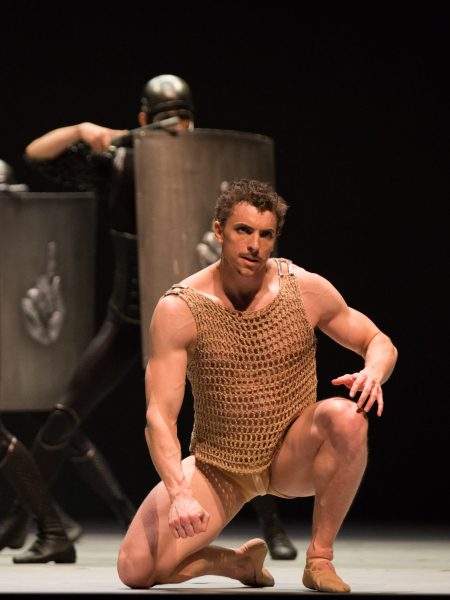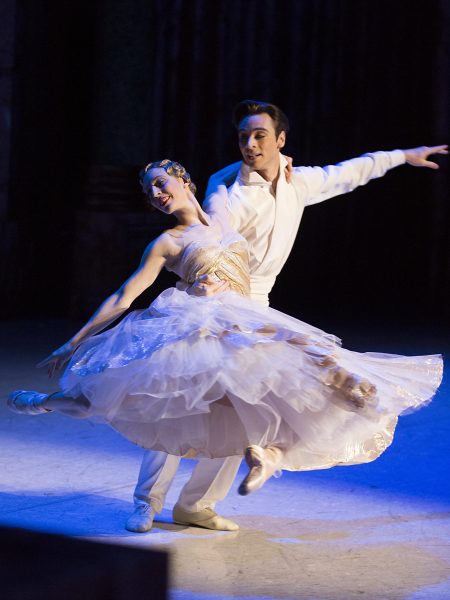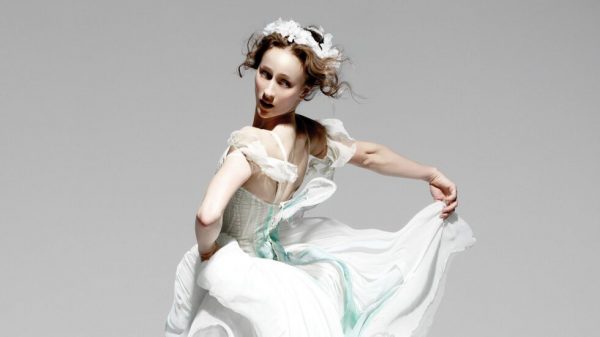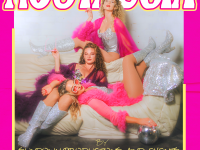Special History of The Australian Ballet Now on iView
Plus a Selection of Their Ballets Online All Year
With new Artistic Director David Hallberg leading The Australian Ballet into its next chapter, a new TV documentary series looks at the history of one of the nation’s most valued and beloved cultural institutions for the last 60 years.
Over the last two years The Australian Ballet has worked with ABC TV on an exciting series that charts the Company’s history. And We Danced reveals the key moments that shaped The Australian Ballet, and tells the story of the people whose passion and dedication continue to drive the Company forward today.
Featuring rarely seen footage from The Australian Ballet’s archive, the series also delves into what has made the Company so uniquely Australian. And We Danced looks back to reveal what has shaped this world-class institution and made it uniquely ours.
Episode 1, Act 1: 1962 – 1979
Australia’s fever for ballet began in the early 20th century with the arrival of the Ballet Russes, who inspired the establishment of Australia’s first professional ballet company – the Borovansky Ballet. Despite outstanding success with audiences, the life of the company was short lived. It wasn’t until the arrival and foresight of British dancer Peggy van Praagh – who took over the sinking company – that the future of ballet in the country looked up.
A successful campaign to government in 1964 led to the establishment of Australia’s first professional dance company: The Australian Ballet. The company’s debut of adored classic Swan Lake was a resounding success, but the early decades were far from smooth sailing. A failed tour to New Zealand, over-worked dancers and industrial action threatened the fledgling company as it tried to carve out its own unique cultural identity.
The early seventies saw the celebrated arrival of a new mode of contemporary dance and the company’s iconic production of Rudolph Nureyev’s Don Quixote, an extravaganza that would herald the greatest ballet film of all time.
Episode 2, Act 2: 1980 – 1999
In the 1980s, The Australian Ballet’s audience was broader than ever before. But the long simmering tensions between belt-tightening and creative risk were about to come to a head. In 1981 the dancers staged an iconic strike, demanding to be paid according to skill and rank.
Shortly after, the artistic appointment of British dancer Maina Gielgud finally brought together the creative and business sides of the company. What followed was a harmonious period of rebuilding and a focus on cultivating the company’s many young dancers, such as David McAllister, Steven Heathcote, Elizabeth Toohey and Fiona Tonkin.
Inspired by the company’s youth, the early nineties saw daring, sexy and provocative ballets that pushed the limits of physicality and tradition. Spartacus, and Stanton Welch’s Divergence showed a new edge and revolutionised the ballet’s public image.
The period also saw the arrival of Australia’s most highly regarded choreographer Graeme Murphy and the company’s first collaboration with choreographer Stephen Page of Bangarra Dance Company.
Ross Stretton took over the artistic direction in 1997. Remote and reclusive, his approach was not endeared by some, though no one could deny his artistic strengths. By the end of the decade, the repertoire was becoming increasingly contemporary, increasingly Australian and increasingly risky.
Episode 3, Act 3: 2000 – 2020
In the third and final episode of And We Danced, The Australian Ballet enters the new millennium with a bold creative appointment. Fresh from the dancer’s ranks and with no prior leadership experience, David McAllister became artistic director of The Australian Ballet in 2001.
His daring first commission was Graeme Murphy’s adaptation of Swan Lake, inspired by the love triangle between Princess Diana, Prince Charles and Camilla. It was an unprecedented success, becoming a signature piece for the company and securing the future of the company in McAllister’s hands.
Further collaborations with Stephen Page and Bangarra Dance Company, and the recruitment of Ella Halvelka, The Australian Ballet’s first Indigenous dancer, cemented the company’s commitment to represent a diversity of stories and cultures that reflect Australian society more widely.
With success of large-scale crowd-pleasers such as Alice in Wonderland and Sleeping Beauty alongside more experimental works it appeared that the balance between financial viability and creative risk had been struck.
After twenty years at the helm of the company, McAllister propelled The Australian Ballet into the 21st century on and off the stage. In 2021, ballet’s popularity is as great as ever. With the recent appointment of international superstar David Hallberg as the eighth Artistic Director the ballet looks forward to a new future as one of our preeminent cultural institutions.
A special in three Acts, all 3 Episodes are now available to watch on ABC’s iView.
A Ballet For Every Mood on ABC TV
Stuck inside? Missing the live theatre? Craving a bit of ballet? You’re in luck!
To further celebrate The Australian Ballet, ABC TV has also made a selection of your favourite performances from the past few years available to watch online on iView.
Ballets ready to watch online include: The Sleeping Beauty, Spartacus, Romeo & Juliet, Cinderella, Paquita, and Dyad 1929.
To find all the titles available, visit the iview website and search ‘The Australian Ballet’.
They’ll be available for the rest of 2021!












